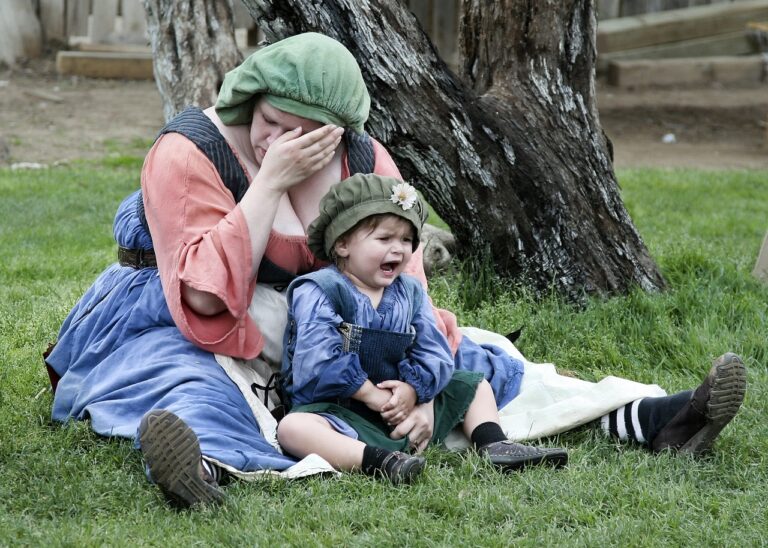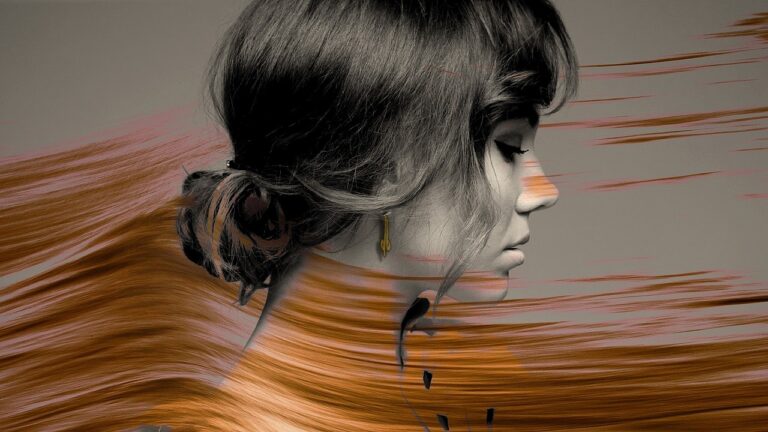The Psychology of Color in Fashion
The human brain is a complex organ that processes information from the external world in various ways. When it comes to color perception, the brain relies on a network of neurons and visual pathways to interpret different wavelengths of light. Different parts of the brain are responsible for processing different aspects of color, such as hue, brightness, and saturation.
Neuroscience research has shown that the brain’s perception of color is not just a passive process of receiving signals from the eyes. Instead, the brain actively constructs the experience of color by integrating information from the sensory organs with past experiences and expectations. This dynamic process helps us make sense of the colorful world around us and highlights the intricate workings of the brain in shaping our perception of reality.
• The brain processes information from the external world in various ways
• Different parts of the brain are responsible for processing different aspects of color
• Neuroscience research shows that the brain actively constructs the experience of color by integrating information from sensory organs, past experiences, and expectations
• This dynamic process helps us make sense of the colorful world around us
• It highlights the intricate workings of the brain in shaping our perception of reality
Cultural Influences on Color Choices
Cultural influences play a significant role in shaping individuals’ preferences when it comes to color choices. Different societies and cultural backgrounds attribute varying meanings and symbolism to different colors. For example, in some Eastern cultures, white symbolizes purity and mourning, while in Western cultures, it often represents innocence and weddings.
Moreover, cultural traditions and historical significance also impact color preferences. For instance, the color red is widely associated with good luck and prosperity in many Asian cultures, leading to its frequent use in celebratory events and ceremonies. On the other hand, in Western cultures, red can evoke emotions of passion and power, altering its connotations and symbolism.
Emotional Responses to Different Colors
Color plays a significant role in evoking emotional responses within individuals. Different colors have the power to elicit varying feelings, impacting our mood and behavior. For instance, red is often associated with energy, passion, and intensity, while blue is known to promote feelings of calmness and tranquility.
Moreover, yellow is often linked to happiness and positivity, while green is commonly associated with growth and renewal. Understanding the psychological impact of colors can help individuals utilize them in various aspects of their lives to evoke specific emotional responses.
How does color perception in the brain influence our emotional responses?
Color perception in the brain plays a significant role in triggering emotional responses. Different colors can evoke various emotions due to the way they are processed in the brain.
How do cultural influences impact our color choices?
Cultural influences can greatly impact our color choices as certain colors hold different meanings and significance across various cultures. This can also influence the emotional response we have towards certain colors.
Can you provide some examples of emotional responses to different colors?
Sure! For example, red is often associated with passion and excitement, while blue may evoke feelings of calmness and serenity. Yellow is often linked to happiness and energy, while green can symbolize growth and harmony.







